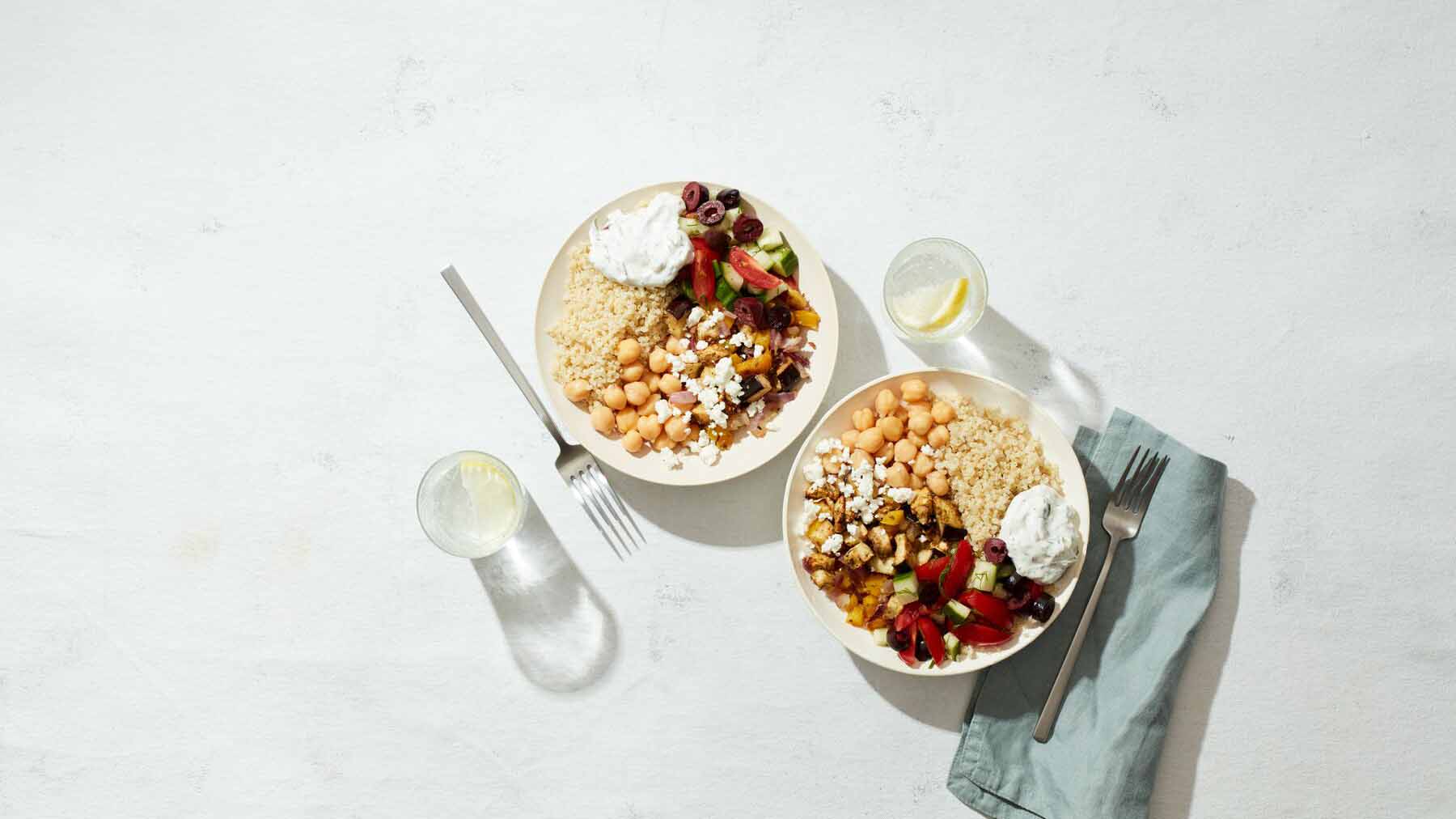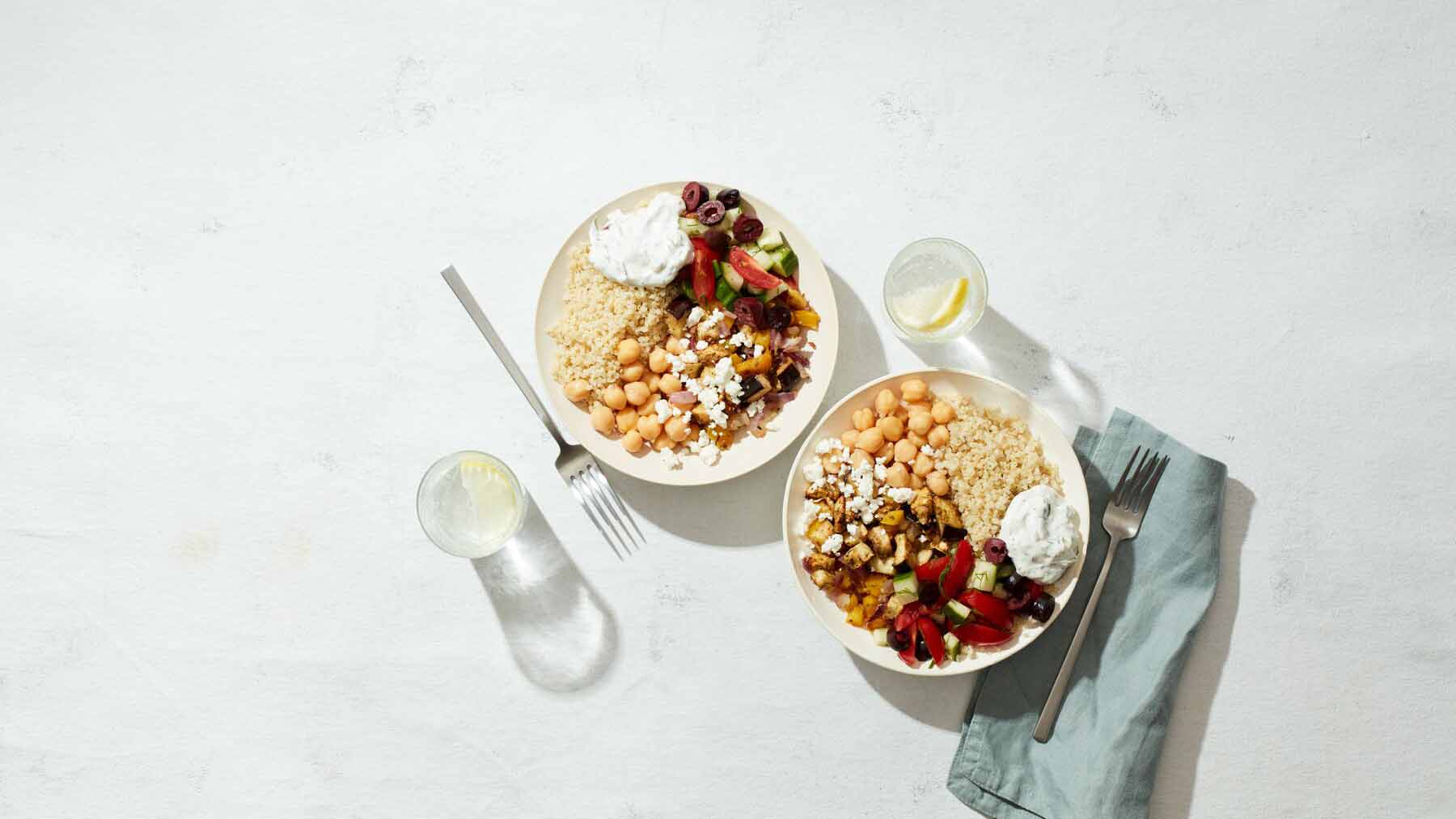Getting granular on grains


Did you know that the last Wednesday in March is officially World Grain Sampling Day? We’ve got all the information you need to celebrate your own private grain sampling get-together in the comfort of your own home.
The benefits of cooking with whole grains
Whole grains are defined as any grain containing the germ, bran, and endosperm. The germ is high in vitamins and minerals, making up the inner section of the grain. The bran is the outer portion of the grain and contains most of the dietary fibre. The endosperm forms the majority of the kernel and is home to a modest amount of nutrients. When these three elements are put together, they form a nutritionally dense and satiating whole grain. Whole grains are an excellent source of fibre, iron, B vitamins, protein, and magnesium. Those who are following the Purple plan can now enjoy whole grains as a ZeroPointTM food, but they play just as an important role in your diet if you’re eating on the Green or Blue plan. What makes whole grains stand out among other healthy foods? Research has shown that regularly including whole grains in your diet is linked to a reduced risk of cardiovascular disease, Type 2 diabetes, obesity, and colorectal cancer.
Getting to know whole grains
Whether you’re meeting these grains for the first time or getting reacquainted with them, the following whole grains are simple to prepare and can be served as part of any nutritionally complete meal. If you’re curious about other whole grains such as millet, whole-grain rye, buckwheat or whole barley, check out the bulk food section of your grocery store — you’ll be able to buy a small amount of these whole grains at a time so that you can sample before committing to a larger amount.
Oats
Whether you prefer your oats steel cut, rolled or instant, a serving of oats provides ample fibre, B vitamins, and selenium, a mineral which plays a part in thyroid and metabolic function. While oats are traditionally thought of as breakfast food topped with fruit or nuts, they can also be used to form the base of savoury oat recipes. Prepare savoury oats with miso or broth, stirring in grated vegetables and aromatics before topping with shredded chicken, poached eggs, hot sauce, plain yogourt or soy sauce. Uncooked rolled oats make a pleasantly nutty addition to smoothies, adding extra fibre to keep you feeling satiated on busy days.
Bulgur
Bulgur wheat is made from cracked and milled wheat berries, a process that yields a pleasantly chewy whole grain traditionally used to make Middle Eastern tabbouleh salad. Bulgur is sold as fine, medium, coarse and very coarse; each type is cooked by soaking the grains in hot water or broth until the liquid has completely absorbed. High in fibre and protein, the texture and mild taste of bulgur lends itself well to chilled grain salads, pilafs or as a substitute for rice. Bulgur can also be prepared as a hot breakfast cereal with either sweet or savoury toppings.
Brown rice
Unlike white rice, which has had its germ and bran removed, brown rice is a whole grain. Brown rice contains a relatively small amount of fibre, calcium, and folate, which your body uses to make genetic material and for cell division. Use brown recipes that call for generous amounts of additional vegetables, legumes and lean protein; stir fries, warm rice salad, Tex-Mex dishes and Mediterranean pilafs are tasty and filling ways to enjoy brown rice.
Popcorn
While you might not think of your favourite healthy snack as a whole grain (which it is!) popcorn is a good source of fibre, protein ,and an excellent source of manganese, a trace mineral which the body needs for the formation of bones and its ability to stop bleeding. Avoid microwave popcorn or any popcorn preparation method requiring the heavy use of oil or butter. Try seasoning air-popped popcorn with fresh or dried herbs, grated parmesan cheese, nutritional yeast or a light drizzle of truffle oil.
